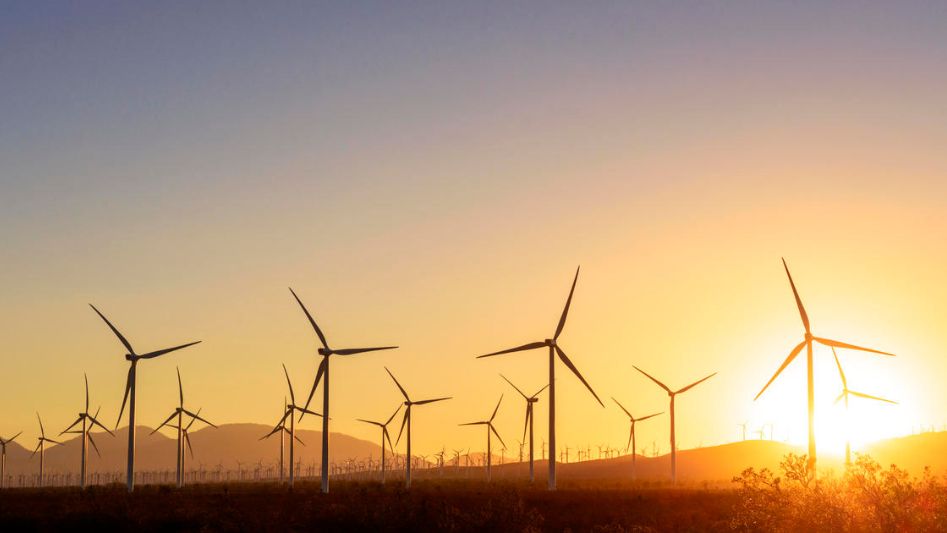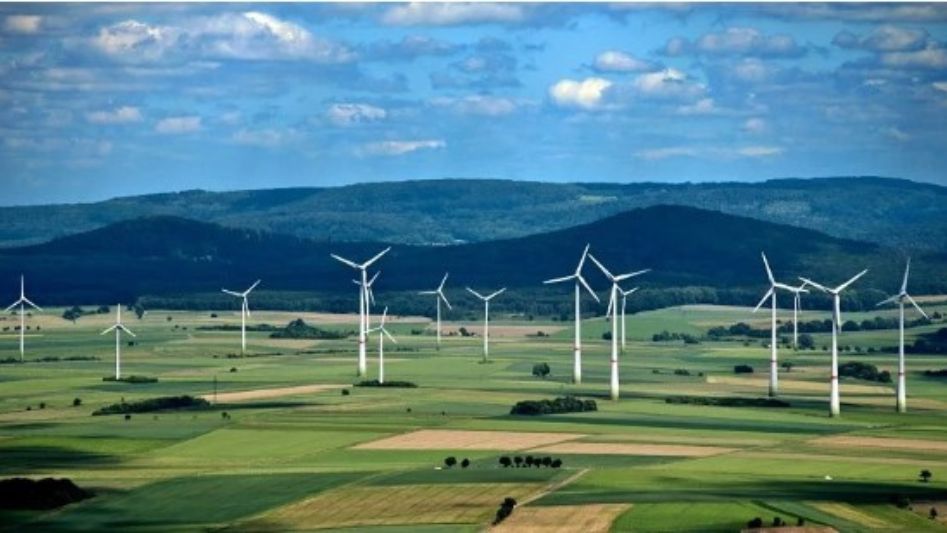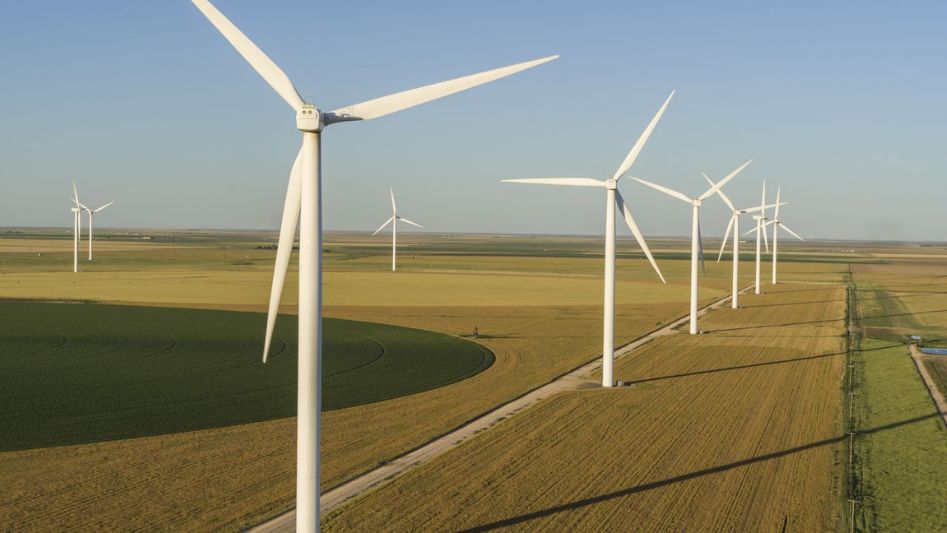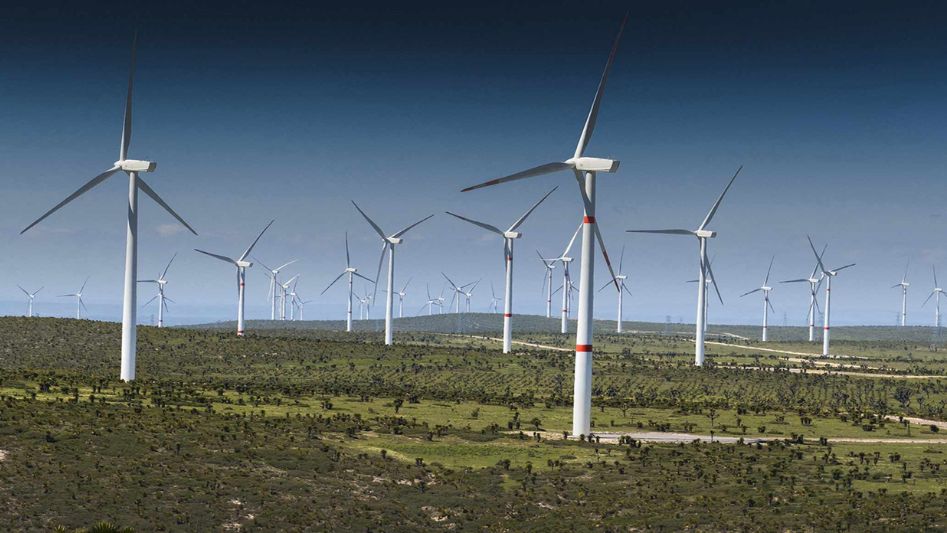Wind energy is one of the fastest-growing renewable energy sources worldwide. It has been recognized as a key element in reducing greenhouse gas emissions and combatting climate change. Large-scale wind energy projects, which typically consist of hundreds of wind turbines, are becoming increasingly common. While these projects offer significant advantages in terms of energy production and environmental benefits, they also face challenges and potential drawbacks that must be considered. In this article, we will explore the advantages and disadvantages of large-scale wind energy projects.
Table Of Content
We invite you to read: “The Advantages and Disadvantages of Community Wind Energy Projects”

Advantages of Large-Scale Wind Energy Projects
1. Renewable and Clean Energy
Large-scale wind energy projects generate electricity using a renewable and clean source of energy. This eliminates the need for fossil fuels, which are a major contributor to greenhouse gas emissions.
2. Cost-Effective
The cost of wind energy has decreased significantly over the past decade, making it a cost-effective source of energy. Large-scale wind energy projects benefit from economies of scale, meaning the more turbines that are installed, the lower the cost per kilowatt-hour of electricity produced.
3. Job Creation
Large-scale wind energy projects create jobs throughout the supply chain, from manufacturing and installation to maintenance and operation. These jobs can provide a boost to local economies.
4. Land Use
Wind turbines can be installed on land that is not suitable for agriculture or development. This means that large-scale wind energy projects can be developed without competing with other land uses.
We invite you to read: “Massive Support For Onshore Wind Energy Projects In The UK”

Disadvantages of Large-Scale Wind Energy Projects
1. Environmental Impact
Large-scale wind energy projects can have a negative impact on the environment, particularly on wildlife. Birds and bats can be killed by collisions with the turbines, and the noise and vibrations from the turbines can also have an impact on local wildlife.
2. Visual Impact
Large-scale wind energy projects can be visually intrusive, particularly if they are located in scenic areas. This can have an impact on tourism and property values.
3. Grid Integration
Large-scale wind energy projects require a significant amount of infrastructure to be integrated into the grid. This can be challenging, particularly in areas with limited grid capacity.
4. Wind Resource Variability
Wind energy production can vary significantly depending on the wind resource availability. This can make it difficult to predict the amount of energy that will be produced by large-scale wind energy projects.
We invite you to read: “A Guide to Offshore Wind Farm Development and Construction”

Conclusion
Large-scale wind energy projects offer significant advantages in terms of renewable and clean energy, cost-effectiveness, job creation, and land use. However, they also face challenges and potential drawbacks in terms of environmental impact, visual impact, grid integration, and wind resource variability. As the demand for renewable energy continues to grow, it is important to carefully consider the advantages and disadvantages of large-scale wind energy projects and to develop strategies that address these challenges.
FAQ
Are large-scale wind energy projects noisy?
Wind turbines do generate noise, but the noise levels are typically lower than other types of machinery.
Can large-scale wind energy projects coexist with other land uses?
Yes, wind turbines can be installed on land that is not suitable for agriculture or development, meaning that they can coexist with other land uses.
Are large-scale wind energy projects cost-effective?
Yes, large-scale wind energy projects benefit from economies of scale, which make them a cost-effective source of energy.
You May Also Like
- Wind Energy in Reducing Dependence on Fossil Fuels
- The Social Impact of Wind Energy: Job Creation and Economic Development
- The Integration of Wind Energy with Other Renewable Energy Sources
- The Advancements in Wind Turbine Technology: Innovations and Trends
- The Benefits of Distributed Wind Energy Systems

